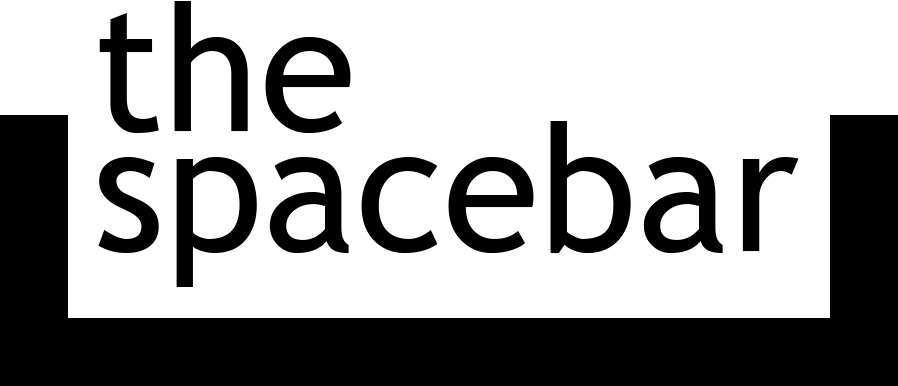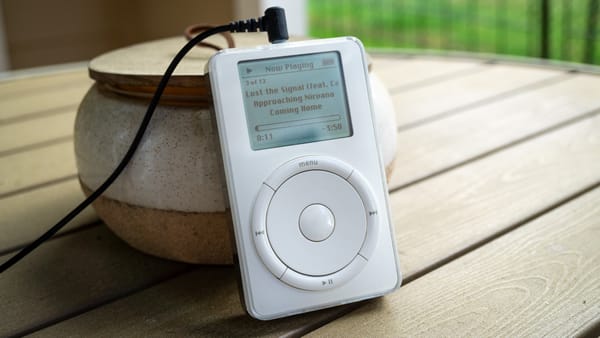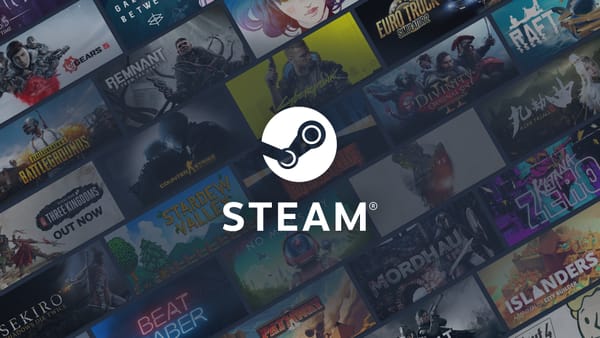YouTube ads aren't actually that bad
Should video creators be paid for their work or not?
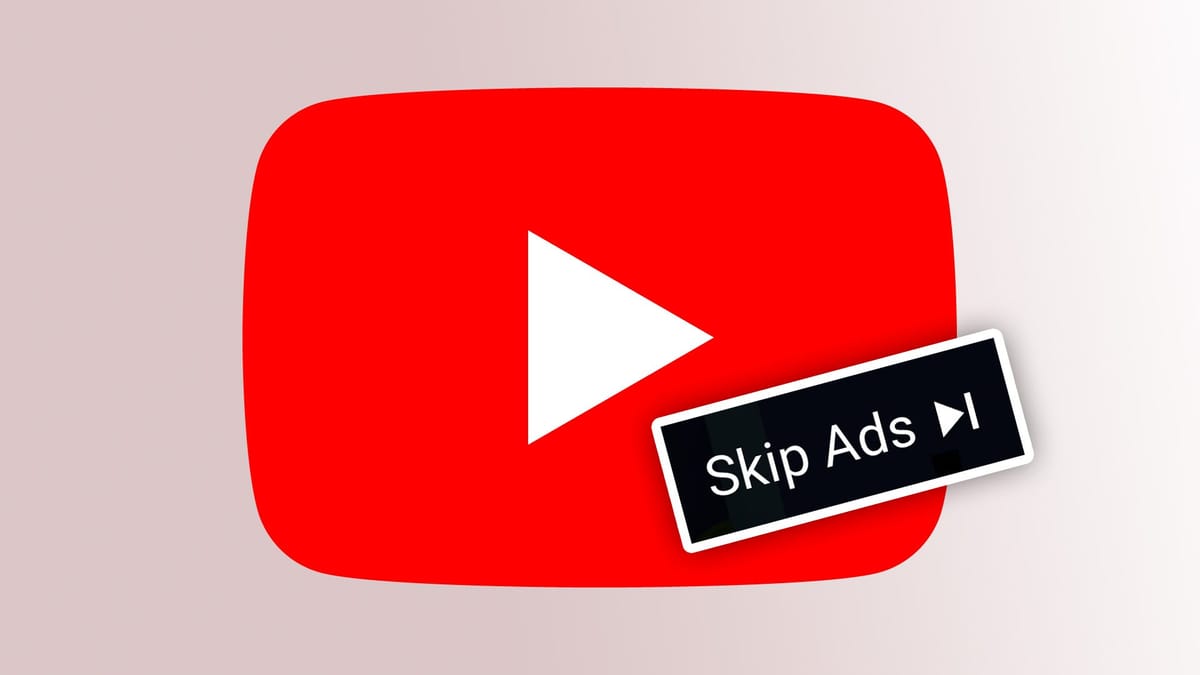
YouTube is currently rolling out an anti-adblock system for most users, which displays popups when an adblock extension or similar workaround is detected, and eventually blocks video playback until the adblocker is removed. It’s not a surprise at all that the move has been unpopular, but what is a surprise (at least to me) is how quickly the backlash turned into fustrating nonsense.
The inner workings of online advertising and the ethics of blocking ads is too big for one article, but it is important to mention the broader landscape of 2023 before diving into YouTube’s situation. Web advertising has always been obnoxious, prompting browsers over the decades to implement features like pop-up blockers and limits on notifications from sites. Even though auto-playing video ads and email newsletter prompts are nothing new (only the videos used to be Flash embeds), they’re becoming more popular again, which is undoubtedly pushing more people to adblockers.
As a result of more adblock users and capitalism’s endless desire for more revenue, more sites are implementing tools like Admiral, which use more sophisticated methods to detect adblockers and completely shut down access to a site unless the user turns them off. At the same time, other media platforms are continuously raising prices for plans without advertising and pushing people to options with ads. Netflix is probably the best example: the company has repeatedly raised prices over the past few years, and discontinued its cheapest ad-free plan in the United States and other countries.
The push for more advertising across the entire digital and entertainment industry, coinciding with the rise of more advanced anti-adblock measures, makes YouTube’s somewhat-mild crackdown like the straw that broke the camel's back to many people. That’s not to say the backlash against YouTube is entirely justified, but I understand the knee-jerk reactions.
Making money
With the broader media landscape in mind, let’s talk about YouTube specifically. YouTube is a video sharing platform that launched in 2005, and now hosts a staggering amount of the internet’s video content. “If you were to sit and watch a billion hours of YouTube, it would take you over 100,000 years,” according to a 2017 blog post, which also included the statistic that one billion hours of video are watched every day. That was six years ago, so those numbers are probably higher now, even if TikTok has eaten away at YouTube’s popularity.
Google pays for the costs associated with hosting and streaming all those videos with in-video advertising, ecommerce integrations, and various static ad units. If a YouTube channel is monetized — meaning it has hit certain requirements and isn’t regularly breaking copyright law — YouTube shares some of the revenue with the channel’s owner. According to a support document, YouTube channels get 70% of net revenues from channel memberships, Super Chat, Super Stickers, and Super Thanks, 55% of net revenues from ads displayed or streamed on their public videos, and 45% of the revenue from a shared “Creator Pool allocation” for YouTube Shorts.
The revenue sharing system isn’t perfect, especially when the site’s copyright claim system is abused, but it’s the main reason that the platform has thrived over the years. Hundreds of thousands of video creators have been able to make YouTube their primary (or only) source of income using the revenue from ads, YouTube can pay its server bills, and some amount is left over for the money-hoarding capitalists executives and investors. Everyone wins, right?
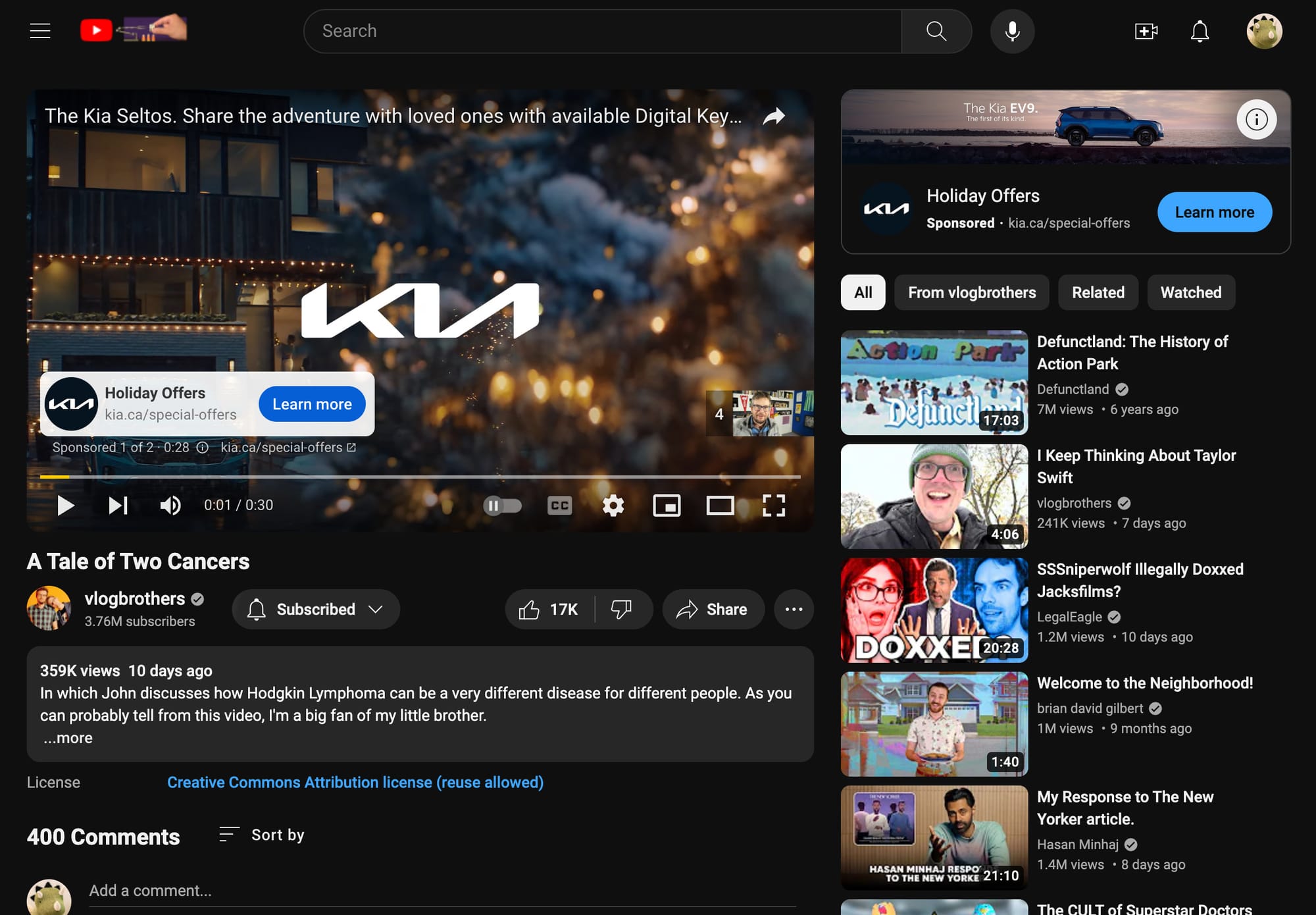
Alphabet, the parent company of Google (which in turn owns YouTube), reported nearly $8 billion in advertising revenue from YouTube in the third quarter of 2023. Revenue is not the same thing as the total profit, and YouTube/Alphabet doesn’t share specific details about YouTube’s operating costs, so no one outside of Google knows how much more money could be diverted to creators while still covering all of YouTube’s costs. I’m sure there’s enough wiggle room in the expense sheets for a more fair revenue split, because unequal wealth distribution is a hallmark of large corporations, but YouTube is still unmatched in how it pays video creators. TikTok shares much less revenue with creators, and most other video platforms don’t have anything remotely comparable to YouTube.
There’s also YouTube Premium, which is a subscription service that removes all advertisements on YouTube and unlocks some extra functionality, like offline downloads. If you have YouTube Premium and you watch a monetized video, the video’s creator still gets some amount of money, even though you didn’t have to watch an ad. A support document explains, “We share your monthly membership fee with creators. Best of all, the more videos you watch from your favorite creators, the more money they make.” It also seems like creators earn more money from viewers with YouTube Premium than viewers sitting through ads.
The response
The response to YouTube blocking ads has been negative, to say the least. One post on Reddit received 16k upvotes with the title, “There is nothing that anyone can say or do to convince me to pay for YouTube or allow ads.” There are plenty of people in that post’s comments who understand that ads are the only reason YouTube is still around, but there are also a lot of other people who don’t like it at all. It’s hard to gauge which side is the majority opinion here because the anti-ads crowd is being extremely loud right now.
Until we can get to a Star Trek-like utopian society, people should be compensated for their work. That includes the person who made the edit of Ron Swanson in Half-Life 2 that made me laugh, the person who made a Logic Pro tutorial that helped me edit podcasts, and the person who made the Paramore / Robbie Rotten mashup that I’ve played 50 times. I don’t use YouTube enough to justify paying for YouTube Premium, but the creator still gets paid some amount from me watching a Chevy advertisement for the 15th time. That seems like a good deal to me, but apparently not to a lot of other people.
It’s worth noting that the maximum length of a YouTube ad before it can be skipped is 30 seconds. A lot of ads are shorter, and some of them can be skipped after 3-6 seconds. All the complaints about YouTube ads being hours long are either pretending that the skip button doesn’t exist, or they are saying the inconvenience of a single button click is enough that the video creator should not be paid at all. Those are not serious people.
I also want to point out that YouTube, especially the desktop site, is practically minimalist in its presentation of ads compared to most other popular sites. There are no hovering videos playing something unrelated to the current page, nothing covers the description or comments, and there are no newsletter popups. That’s a low bar, but it’s a bar many other big sites are failing to reach. Good luck trying to use Fandom Wiki these days.
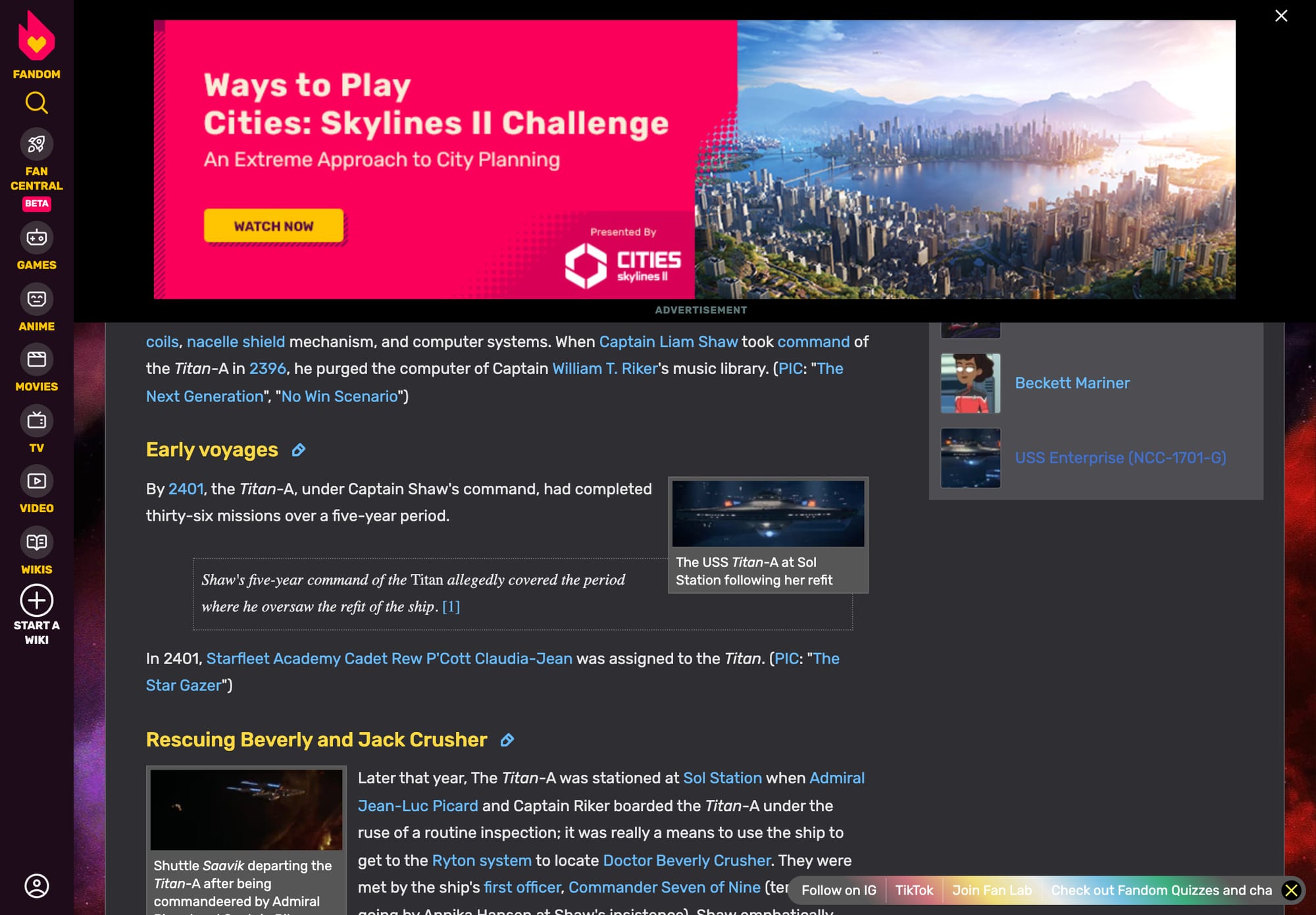
There are some arguments against YouTube’s ads that are completely valid. The company has a long history of allowing malicious or scam ads, and more recently, there’s an ongoing problem with AI-generated ads depicting celebrity endorsements. YouTube also accepts ads from political campaigns and interest groups, and at least in the United States, a lot of those have harmful messaging. If you’re a recovering gambling addict who keeps getting ads for Draft Kings, or a transgender person who keeps getting right-wing propaganda ads (like the recent PragerU ad campaign on Twitter/X), blocking ads is completely justified. Paying for YouTube Premium would also solve that problem, but not everyone can do that.
Some YouTube creators have spoken up about the changes. Hank Green said on Twitter/X, “Some folks also get very angry about the kinds of ads they see, which I also get. Being hit with partisan misinformation in an advertisement sucks. I hate when it happens on TV and I hate when it happens on YouTube. […] YouTube Ad revenue is very important to creators (as is Premium revenue). At Complexly, it is roughly equivalent to our crowd-funding revenue and those two together make up a sizable majority of the total budget.”
Technology Connections said in a thread on Mastodon, “Seemingly few people know (or understand completely) that YT Premium is a good deal for all parties involved - it kills ads, creators get a cut of the membership, and (in my experience anyway) it neutralizes many of the platform's weird tendencies because serving relevant ads to the viewer is no longer a concern. […] Understand that I would love for there to be a competitor to YouTube that worked like YouTube, but so far nobody has had the balls to copy their revenue split model. That's what it takes. Pay your creators!”
What’s next
YouTube could have handled this a lot better. One crucial missing piece is a cheaper YouTube Premium subscription that does not include YouTube Music, the company’s music streaming service. YouTube Premium is a much harder sell to the people who already listen to music on another platform, and the forced bundle is not helping YouTube in the anti-adblock discourse. It’s also not helping that the US price for YouTube Premium went up in July 2023, and the change is now kicking in for other countries.
YouTube Music Premium costs $10.99 per month in the United States, and YouTube Premium with ad-free YouTube and Music Premium together is $13.99 per month. Both subscriptions have family plans and student discounts. It should be possible for YouTube to offer a subscription that is just ad-free YouTube and nothing else. The hard part would be picking a price point that would be cheaper while still giving creators a similar amount of revenue — my guess based on no data whatsoever would be $8 or $9 per month.
There’s a larger discussion to be had about adblocking on other sites and platforms, but for YouTube specifically, the ads (usually) aren’t that bad and the revenue sharing is a pretty good deal for everyone involved. The skip ad button is not as scary as you might think, I promise.
